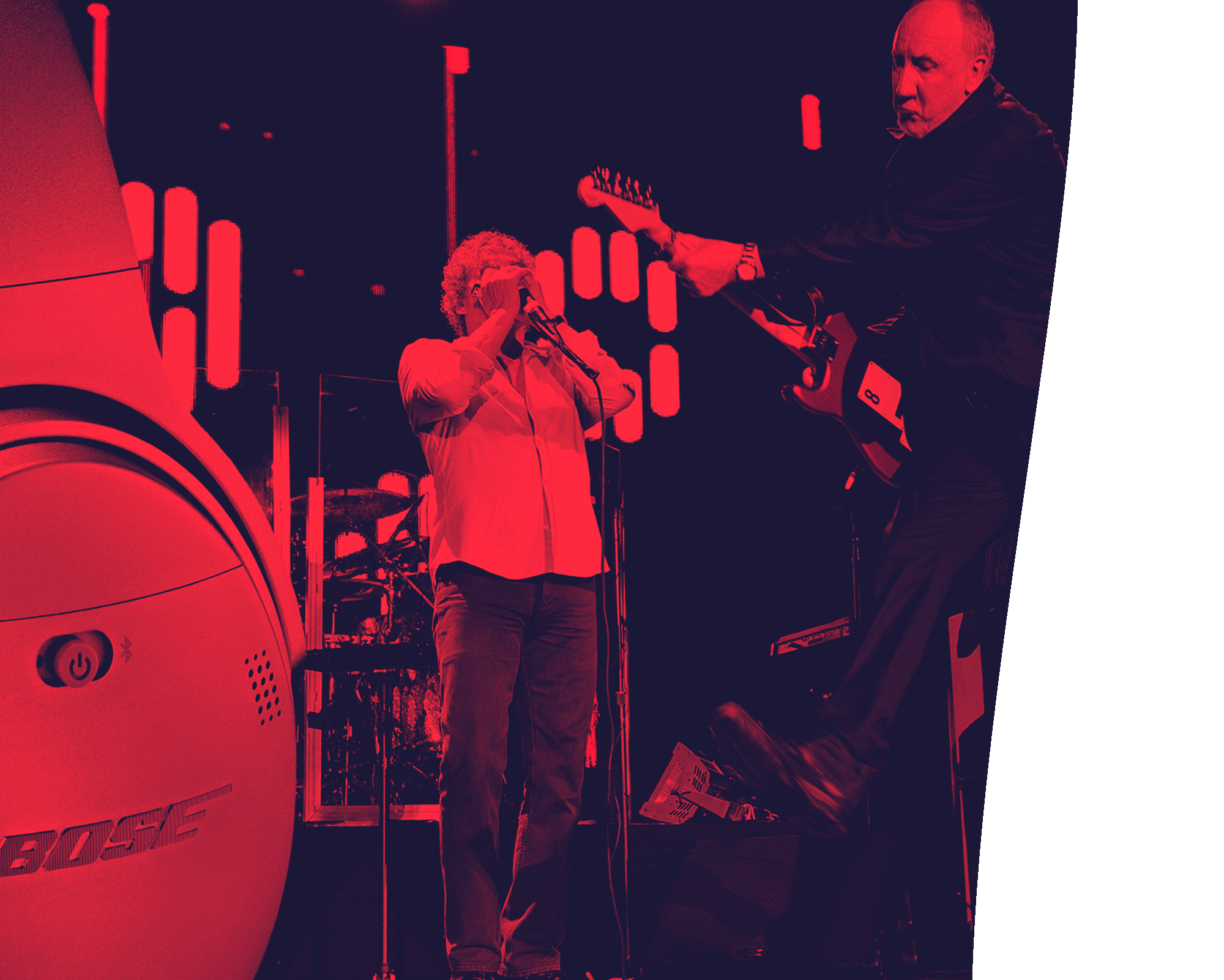Baiting the Hook
Baiting the Hook
Baiting the Hook
Baiting the Hook
Baiting
the Hook
We love the marketplace and the companies that stir it up with great content strategy. We highlight digital marketing that works, and the businesses that are inspiring their customers. Get to know our team here in our blog.
We love the marketplace and the companies that stir it up with great content strategy. We highlight digital marketing that works, and the businesses that are inspiring their customers. Get to know our team here in our blog.
We love the marketplace and the companies that stir it up with great content strategy. We highlight digital marketing that works, and the businesses that are inspiring their customers. Get to know our team here in our blog.
We love the marketplace and the companies that stir it up with great content strategy. We highlight digital marketing that works, and the businesses that are inspiring their customers. Get to know our team here in our blog.
We love the marketplace and the companies that stir it up with great content strategy. We highlight digital marketing that works, and the businesses that are inspiring their customers. Get to know our team here in our blog.
06.26.19
06.26.19
06.26.19
06.26.19
Branding and Marketing Strategy: The Elton John Method
Branding and Marketing Strategy: The Elton John Method
Branding and Marketing Strategy: The Elton John Method
By Cam Brown
By Cam Brown
By Cam Brown
By Cam Brown
On opening night, I went to see the movie “Rocketman” directed by Dexter Fletcher. In addition to being an ode to Elton John’s breakthrough years, the film also doubles up as a 300-level course in marketing strategy.
On opening night, I went to see the movie “Rocketman” directed by Dexter Fletcher. In addition to being an ode to Elton John’s breakthrough years, the film also doubles up as a 300-level course in marketing strategy.
On opening night, I went to see the movie “Rocketman” directed by Dexter Fletcher. In addition to being an ode to Elton John’s breakthrough years, the film also doubles up as a 300-level course in marketing strategy.
On opening night, I went to see the movie “Rocketman” directed by Dexter Fletcher. In addition to being an ode to Elton John’s breakthrough years, the film also doubles up as a 300-level course in marketing strategy.
On opening night, I went to see the movie “Rocketman” directed by Dexter Fletcher. In addition to being an ode to Elton John’s breakthrough years, the film also doubles up as a 300-level course in marketing strategy.
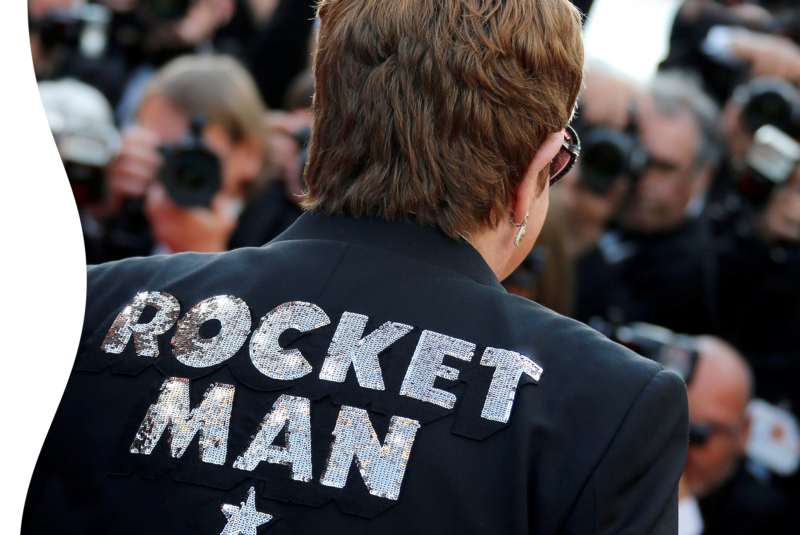
10.29.18
10.29.18
10.29.18
10.29.18
10.29.18
King Fish Media, a digital and content management marketing agency, announced today that it has been awarded three awards, two gold and one silver for their marketing campaigns with clients Nuance Healthcare, Keurig Dr Pepper, and New York Life.
King Fish Media, a digital and content management marketing agency, announced today that it has been awarded three awards, two gold and one silver for their marketing campaigns with clients Nuance Healthcare, Keurig Dr Pepper, and New York Life.
King Fish Media, a digital and content management marketing agency, announced today that it has been awarded three awards, two gold and one silver for their marketing campaigns with clients Nuance Healthcare, Keurig Dr Pepper, and New York Life.
King Fish Media, a digital and content management marketing agency, announced today that it has been awarded three awards, two gold and one silver for their marketing campaigns with clients Nuance Healthcare, Keurig Dr Pepper, and New York Life.
King Fish Media, a digital and content management marketing agency, announced today that it has been awarded three awards, two gold and one silver for their marketing campaigns with clients Nuance Healthcare, Keurig Dr Pepper, and New York Life.
09.17.18
09.17.18
09.17.18
09.17.18
09.17.18
By Cam Brown
By Cam Brown
By Cam Brown
By Cam Brown
By Cam Brown
I’m a fan of lists. They keep me on track both at home and in the office. And there’s often news and humor when reading listsicles—the short quick hits that fill my social media news feeds every day. As CEO of a marketing company, I think a lot about brands, and wanted to share my list of brands to revere.
I’m a fan of lists. They keep me on track both at home and in the office. And there’s often news and humor when reading listsicles—the short quick hits that fill my social media news feeds every day. As CEO of a marketing company, I think a lot about brands, and wanted to share my list of brands to revere.
I’m a fan of lists. They keep me on track both at home and in the office. And there’s often news and humor when reading listsicles—the short quick hits that fill my social media news feeds every day. As CEO of a marketing company, I think a lot about brands, and wanted to share my list of brands to revere.
I’m a fan of lists. They keep me on track both at home and in the office. And there’s often news and humor when reading listsicles—the short quick hits that fill my social media news feeds every day. As CEO of a marketing company, I think a lot about brands, and wanted to share my list of brands to revere.
I’m a fan of lists. They keep me on track both at home and in the office. And there’s often news and humor when reading listsicles—the short quick hits that fill my social media news feeds every day. As CEO of a marketing company, I think a lot about brands, and wanted to share my list of brands to revere.
08.30.18
08.30.18
08.30.18
Brand Stories: The Underdog of Competitive Advantage
Brand Stories: The Underdog of Competitive Advantage
Brand Stories: The Underdog of Competitive Advantage
By Brittany Kee
By Brittany Kee
By Brittany Kee
Every successful brand has a story: a narrative that exists in the mind of consumers when they see a brand’s logo, product or offering. It’s the result of deep audience knowledge and insight, smart positioning in the market and a dash of something unique that sets the brand apart from the competition. With careful construction, an effective brand story communicates:
Every successful brand has a story: a narrative that exists in the mind of consumers when they see a brand’s logo, product or offering. It’s the result of deep audience knowledge and insight, smart positioning in the market and a dash of something unique that sets the brand apart from the competition. With careful construction, an effective brand story communicates:
Every successful brand has a story: a narrative that exists in the mind of consumers when they see a brand’s logo, product or offering. It’s the result of deep audience knowledge and insight, smart positioning in the market and a dash of something unique that sets the brand apart from the competition. With careful construction, an effective brand story communicates:
Every successful brand has a story: a narrative that exists in the mind of consumers when they see a brand’s logo, product or offering. It’s the result of deep audience knowledge and insight, smart positioning in the market and a dash of something unique that sets the brand apart from the competition. With careful construction, an effective brand story communicates:
Every successful brand has a story: a narrative that exists in the mind of consumers when they see a brand’s logo, product or offering. It’s the result of deep audience knowledge and insight, smart positioning in the market and a dash of something unique that sets the brand apart from the competition. With careful construction, an effective brand story communicates:
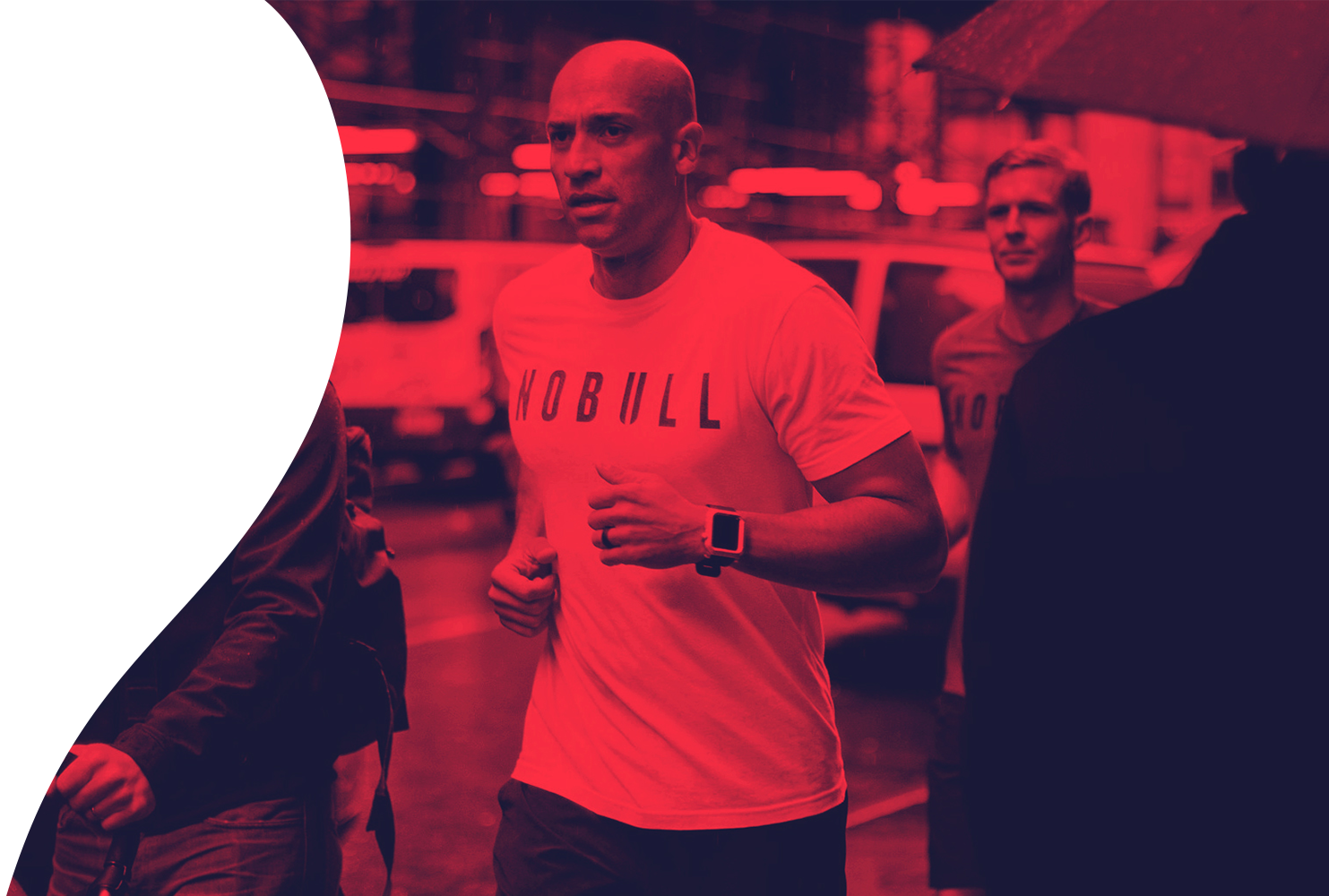

08.21.18
08.21.18
08.21.18
By Abby White
By Abby White
By Abby White
Like many undergrads searching for internships, I was unsure of what path to take. I found myself drawn to glamorous agencies in the city that boasted recently designed, state-of-the-art office spaces and perks such as company cafés. And while there is nothing wrong with good food and great architecture, I had no real knowledge of the programs I was applying to.
Like many undergrads searching for internships, I was unsure of what path to take. I found myself drawn to glamorous agencies in the city that boasted recently designed, state-of-the-art office spaces and perks such as company cafés. And while there is nothing wrong with good food and great architecture, I had no real knowledge of the programs I was applying to.
Like many undergrads searching for internships, I was unsure of what path to take. I found myself drawn to glamorous agencies in the city that boasted recently designed, state-of-the-art office spaces and perks such as company cafés. And while there is nothing wrong with good food and great architecture, I had no real knowledge of the programs I was applying to.
Like many undergrads searching for internships, I was unsure of what path to take. I found myself drawn to glamorous agencies in the city that boasted recently designed, state-of-the-art office spaces and perks such as company cafés. And while there is nothing wrong with good food and great architecture, I had no real knowledge of the programs I was applying to.
Like many undergrads searching for internships, I was unsure of what path to take. I found myself drawn to glamorous agencies in the city that boasted recently designed, state-of-the-art office spaces and perks such as company cafés. And while there is nothing wrong with good food and great architecture, I had no real knowledge of the programs I was applying to.
07.30.18
07.30.18
07.30.18
07.30.18
By Dylan Wilson
By Dylan Wilson
By Dylan Wilson
By Dylan Wilson
To celebrate the opening of their new storefront on the Lower East Side, Target and their production partner, David Stark, created fake storefront facades mirroring the street as it was in the 70s. Included was an “homage” to famed NYC dive bar/music venue CBGB (the venue was shuttered in 2006). CBGB is considered the mecca of punk rock and new-wave, the place where bands like Blondie and the Ramones cut their teeth.
To celebrate the opening of their new storefront on the Lower East Side, Target and their production partner, David Stark, created fake storefront facades mirroring the street as it was in the 70s. Included was an “homage” to famed NYC dive bar/music venue CBGB (the venue was shuttered in 2006). CBGB is considered the mecca of punk rock and new-wave, the place where bands like Blondie and the Ramones cut their teeth.
To celebrate the opening of their new storefront on the Lower East Side, Target and their production partner, David Stark, created fake storefront facades mirroring the street as it was in the 70s. Included was an “homage” to famed NYC dive bar/music venue CBGB (the venue was shuttered in 2006). CBGB is considered the mecca of punk rock and new-wave, the place where bands like Blondie and the Ramones cut their teeth.
To celebrate the opening of their new storefront on the Lower East Side, Target and their production partner, David Stark, created fake storefront facades mirroring the street as it was in the 70s. Included was an “homage” to famed NYC dive bar/music venue CBGB (the venue was shuttered in 2006). CBGB is considered the mecca of punk rock and new-wave, the place where bands like Blondie and the Ramones cut their teeth.
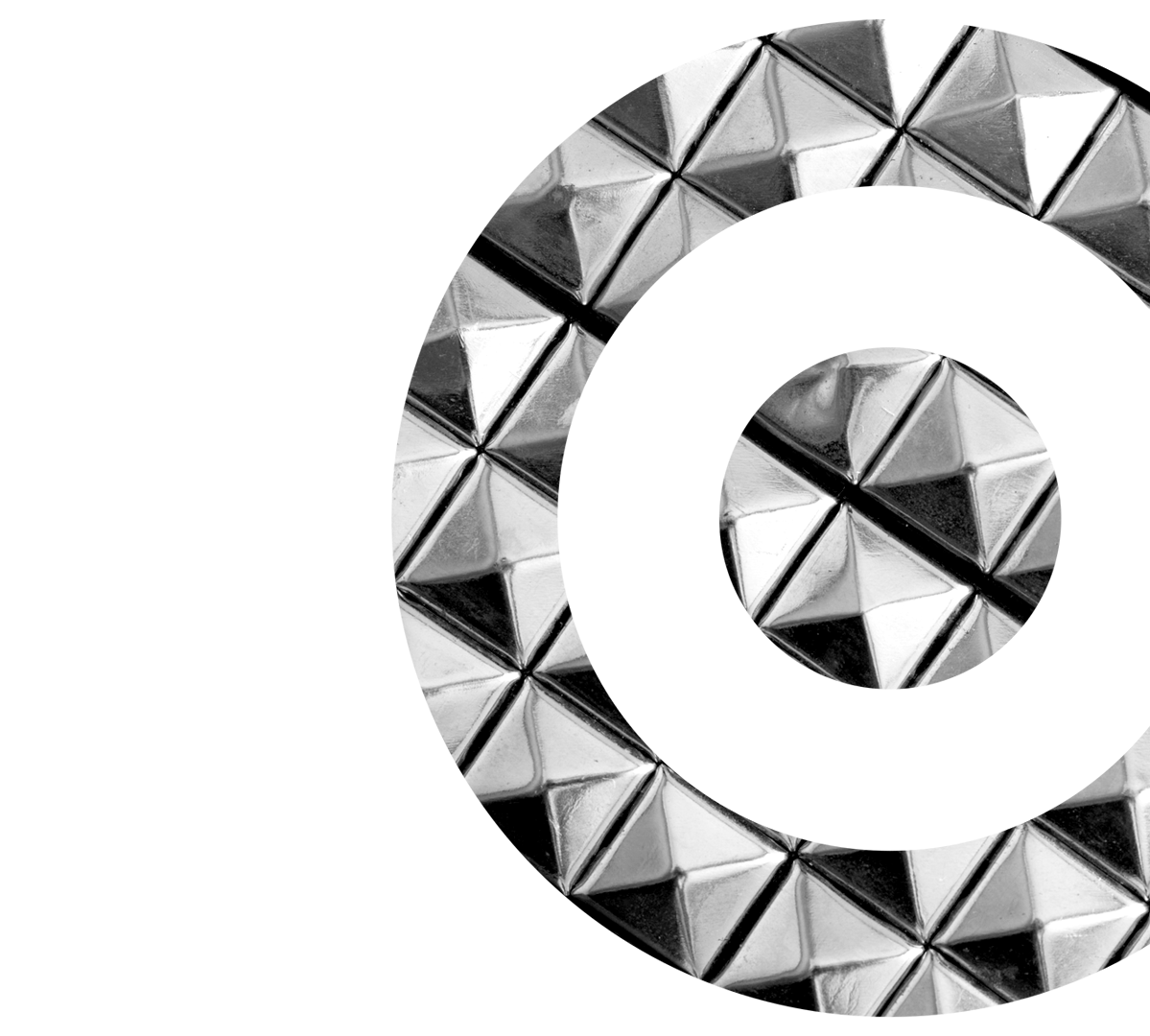

06.05.18
06.05.18
06.05.18
By Dory Butcher
By Dory Butcher
By Dory Butcher
This may sound obvious, but internships are an extremely important educational experience for undergraduate students. Whether it’s to appeal to prospective employers, or merely discover what it is you want to do with your life, the typical classroom setting is no longer enough.
This may sound obvious, but internships are an extremely important educational experience for undergraduate students. Whether it’s to appeal to prospective employers, or merely discover what it is you want to do with your life, the typical classroom setting is no longer enough.
This may sound obvious, but internships are an extremely important educational experience for undergraduate students. Whether it’s to appeal to prospective employers, or merely discover what it is you want to do with your life, the typical classroom setting is no longer enough.
This may sound obvious, but internships are an extremely important educational experience for undergraduate students. Whether it’s to appeal to prospective employers, or merely discover what it is you want to do with your life, the typical classroom setting is no longer enough.
This may sound obvious, but internships are an extremely important educational experience for undergraduate students. Whether it’s to appeal to prospective employers, or merely discover what it is you want to do with your life, the typical classroom setting is no longer enough.
04.26.18
04.26.18
04.26.18
By Brittany Kee
By Brittany Kee
By Brittany Kee
Businesses of all sizes can find the perfect fit in a small agency partner. Whether you’re a small to mid-sized business that needs a website redesign or a large business with a specialty project your AOR isn’t the right fit for, a small agency deserves the chance to compete for the work.
Businesses of all sizes can find the perfect fit in a small agency partner. Whether you’re a small to mid-sized business that needs a website redesign or a large business with a specialty project your AOR isn’t the right fit for, a small agency deserves the chance to compete for the work.
Businesses of all sizes can find the perfect fit in a small agency partner. Whether you’re a small to mid-sized business that needs a website redesign or a large business with a specialty project your AOR isn’t the right fit for, a small agency deserves the chance to compete for the work.
Businesses of all sizes can find the perfect fit in a small agency partner. Whether you’re a small to mid-sized business that needs a website redesign or a large business with a specialty project your AOR isn’t the right fit for, a small agency deserves the chance to compete for the work.

10.29.18
02.27.18
02.27.18
02.27.18
02.27.18
BEVERLY, Mass., Oct 29, 2018 -- King Fish Media, a digital and content management marketing agency, announced today that it has been awarded three awards, two gold and one silver for their marketing campaigns with clients Nuance Healthcare, Keurig Dr Pepper, and New York Life.
King Fish Media, a digital and content management marketing agency, has launched a new branded website for Risk Strategies at www.risk-strategies.com. Risk Strategies is one of the United States’ largest insurance brokers, with over two-dozen specialty practices and 45+ offices across the country.
King Fish Media, a digital and content management marketing agency, has launched a new branded website for Risk Strategies at www.risk-strategies.com. Risk Strategies is one of the United States’ largest insurance brokers, with over two-dozen specialty practices and 45+ offices across the country.
King Fish Media, a digital and content management marketing agency, has launched a new branded website for Risk Strategies at www.risk-strategies.com. Risk Strategies is one of the United States’ largest insurance brokers, with over two-dozen specialty practices and 45+ offices across the country.
King Fish Media, a digital and content management marketing agency, has launched a new branded website for Risk Strategies at www.risk-strategies.com. Risk Strategies is one of the United States’ largest insurance brokers, with over two-dozen specialty practices and 45+ offices across the country.

01.22.18
01.22.18
01.22.18
By Cam Brown
By Cam Brown
By Cam Brown
Morning enewsletters, TV, talk shows - interact in any setting and it is likely there is a conversation going on about artificial intelligence. AI. The next big thing. Some say it will be the greatest invention since sliced bread. Stephen Hawking says it will be our demise.
Morning enewsletters, TV, talk shows - interact in any setting and it is likely there is a conversation going on about artificial intelligence. AI. The next big thing. Some say it will be the greatest invention since sliced bread. Stephen Hawking says it will be our demise.
Morning enewsletters, TV, talk shows - interact in any setting and it is likely there is a conversation going on about artificial intelligence. AI. The next big thing. Some say it will be the greatest invention since sliced bread. Stephen Hawking says it will be our demise.
11.17.17
11.17.17
11.17.17
By Cam Brown
By Cam Brown
By Cam Brown
Sometimes, creatives get a bad rap. There’s this conventional wisdom that they are difficult or have fragile egos. They are called prima donnas, although rarely to their faces. They are lumped together as a “type” as in, “oh, you know, he’s a creative type”.
Sometimes, creatives get a bad rap. There’s this conventional wisdom that they are difficult or have fragile egos. They are called prima donnas, although rarely to their faces. They are lumped together as a “type” as in, “oh, you know, he’s a creative type”.
Sometimes, creatives get a bad rap. There’s this conventional wisdom that they are difficult or have fragile egos. They are called prima donnas, although rarely to their faces. They are lumped together as a “type” as in, “oh, you know, he’s a creative type”.


11.02.17
11.02.17
11.02.17
11.02.17
11.02.17
By Cam Brown
By Cam Brown
By Cam Brown
By Cam Brown
By Cam Brown
King Fish launched in 2001. Intentionally, the goal was to stay small and manageable – for the sake of clients and employees. After 16 years, it’s clear we were correct to build an agency that met the criteria we set for ourselves.
King Fish launched in 2001. Intentionally, the goal was to stay small and manageable – for the sake of clients and employees. After 16 years, it’s clear we were correct to build an agency that met the criteria we set for ourselves. From within, our team believes there are key advantages to working at firms of our size. Here’s why.
King Fish launched in 2001. Intentionally, the goal was to stay small and manageable – for the sake of clients and employees. After 16 years, it’s clear we were correct to build an agency that met the criteria we set for ourselves.
King Fish launched in 2001. Intentionally, the goal was to stay small and manageable – for the sake of clients and employees. After 16 years, it’s clear we were correct to build an agency that met the criteria we set for ourselves.
King Fish launched in 2001. Intentionally, the goal was to stay small and manageable – for the sake of clients and employees. After 16 years, it’s clear we were correct to build an agency that met the criteria we set for ourselves. From within, our team believes there are key advantages to working at firms of our size. Here’s why.
12.21.17
12.21.17
12.21.17
12.21.17
King Fish Media has picked up a second place in the coveted Pearl Award for Best Overall Content Solution for their campaign for client Nuance Communications, “Reach Further with Nuance AI.”
King Fish Media has picked up a second place in the coveted Pearl Award for Best Overall Content Solution for their campaign for client Nuance Communications, “Reach Further with Nuance AI.”
King Fish Media has picked up a second place in the coveted Pearl Award for Best Overall Content Solution for their campaign for client Nuance Communications, “Reach Further with Nuance AI.”
King Fish Media has picked up a second place in the coveted Pearl Award for Best Overall Content Solution for their campaign for client Nuance Communications, “Reach Further with Nuance AI.”
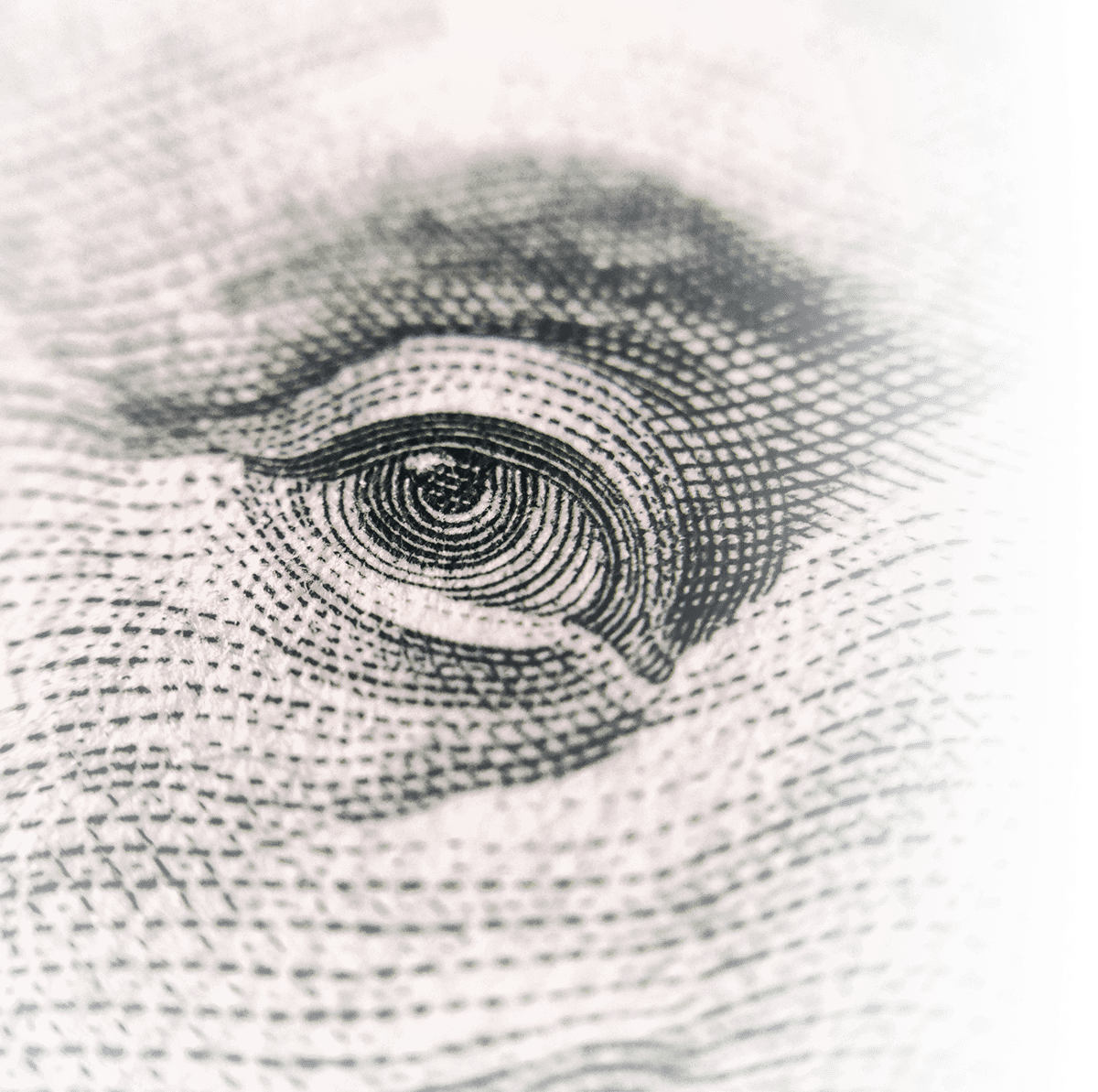
10.19.17
10.19.17
09.15.17
By Cam Brown
By Cam Brown
By Cam Brown
By Cam Brown
I read an article recently that really resonated with me, “Are Employers the Latest Financial Services Disruptors?” about how business owners and managers are focusing on financial wellness benefits for their employees.
I read an article recently that really resonated with me, “Are Employers the Latest Financial Services Disruptors?” about how business owners and managers are focusing on financial wellness benefits for their employees.
I read an article recently that really resonated with me, “Are Employers the Latest Financial Services Disruptors?” about how business owners and managers are focusing on financial wellness benefits for their employees.
I read an article recently that really resonated with me, “Are Employers the Latest Financial Services Disruptors?” about how business owners and managers are focusing on financial wellness benefits for their employees.
09.29.17
09.29.17
By Cam Brown
By Cam Brown
By Cam Brown
By Cam Brown
In recent weeks, two major financial services companies have made headlines with how badly they handled major screw-ups.
In recent weeks, two major financial services companies have made headlines with how badly they handled major screw-ups.
In recent weeks, two major financial services companies have made headlines with how badly they handled major screw-ups.


09.15.17
09.15.17
09.15.17
By Cam Brown
By Cam Brown
In recent weeks we have experienced Hurricanes Harvey and Irma, an earthquake in Mexico and deadly storms and flooding in India and West Africa. The images of destruction are powerful, and it is difficult for us not to be moved, or even overwhelmed at the pain of others.
In recent weeks we have experienced Hurricanes Harvey and Irma, an earthquake in Mexico and deadly storms and flooding in India and West Africa. The images of destruction are powerful, and it is difficult for us not to be moved, or even overwhelmed at the pain of others.
In recent weeks we have experienced Hurricanes Harvey and Irma, an earthquake in Mexico and deadly storms and flooding in India and West Africa. The images of destruction are powerful, and it is difficult for us not to be moved, or even overwhelmed at the pain of others.
05.04.17
05.04.17
05.04.17
05.04.17
05.04.17
By Garrett Brown
By Garrett Brown
By Garrett Brown
By Garrett Brown
By Garrett Brown
03.06.17
03.06.17
03.06.17
03.06.17
03.06.17
By Sue Twombly
By Sue Twombly
By Sue Twombly
By Sue Twombly
By Sue Twombly
03.01.17
03.01.17
03.01.17
By Cam Brown
By Cam Brown
By Cam Brown
By Cam Brown
CMOs and their marketing teams are excited and determined to get their brands endorsed by celebrities or ads featured in high-profile media events including the Olympics, the Oscars, the Super Bowl and other major sports events across the NFL, NASCAR, PGA and more.
CMOs and their marketing teams are excited and determined to get their brands endorsed by celebrities or ads featured in high-profile media events including the Olympics, the Oscars, the Super Bowl and other major sports events across the NFL, NASCAR, PGA and more.
CMOs and their marketing teams are excited and determined to get their brands endorsed by celebrities or ads featured in high-profile media events including the Olympics, the Oscars, the Super Bowl and other major sports events across the NFL, NASCAR, PGA and more.
CMOs and their marketing teams are excited and determined to get their brands endorsed by celebrities or ads featured in high-profile media events including the Olympics, the Oscars, the Super Bowl and other major sports events across the NFL, NASCAR, PGA and more.
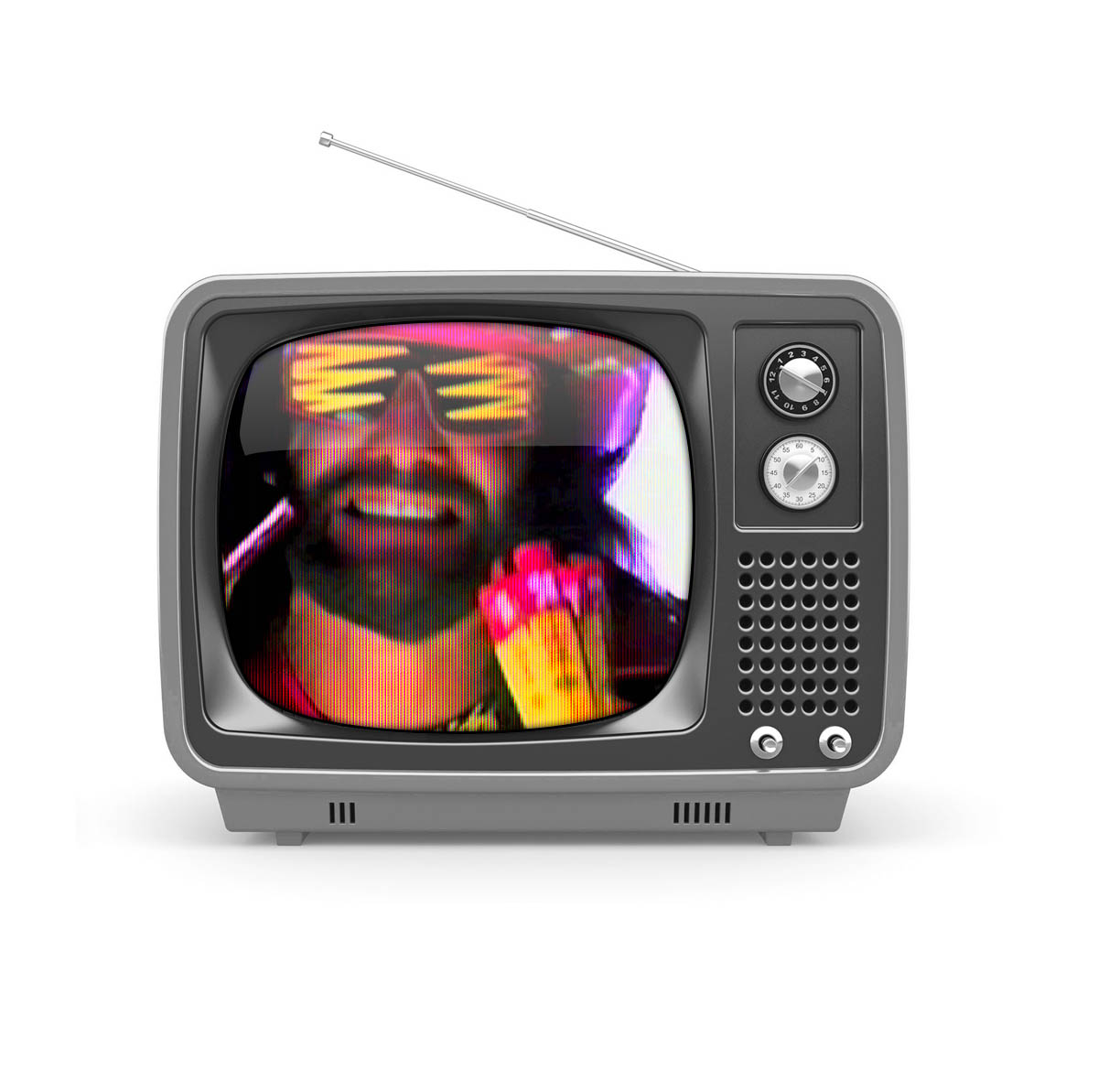
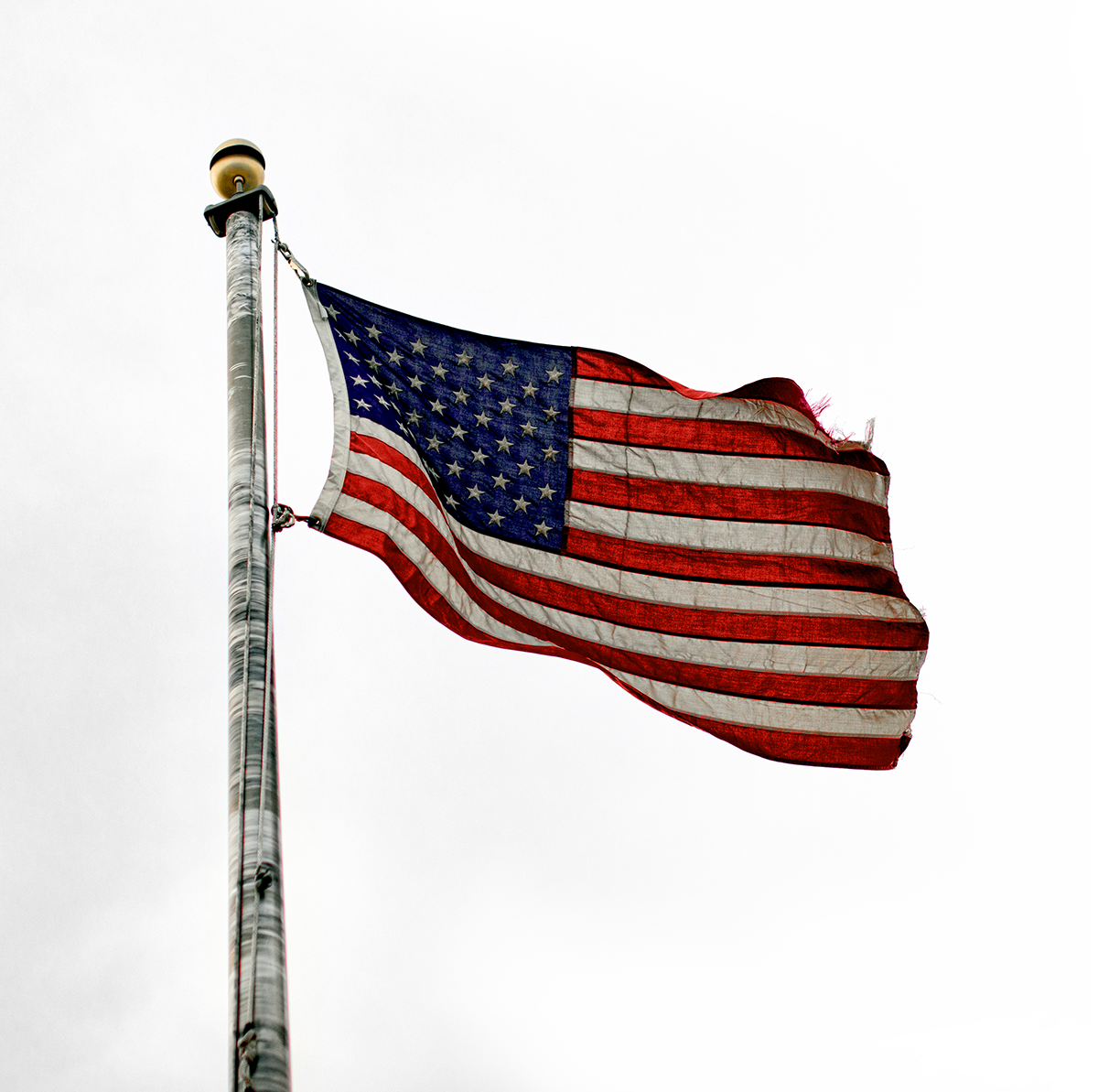
02.06.17
03.01.17
03.01.17
03.01.17
By Cam Brown
By Cam Brown
By Cam Brown
By Cam Brown
Before there were safe zones and meditation rooms, a generation of patriots went where they were needed and served our country. They served out of a passionate sense of duty and expected nothing in return, facing unfathomable munitions in lands thousands of miles from home.
Before there were safe zones and meditation rooms, a generation of patriots went where they were needed and served our country. They served out of a passionate sense of duty and expected nothing in return, facing unfathomable munitions in lands thousands of miles from home.
Before there were safe zones and meditation rooms, a generation of patriots went where they were needed and served our country. They served out of a passionate sense of duty and expected nothing in return, facing unfathomable munitions in lands thousands of miles from home.
Before there were safe zones and meditation rooms, a generation of patriots went where they were needed and served our country. They served out of a passionate sense of duty and expected nothing in return, facing unfathomable munitions in lands thousands of miles from home.
Before there were safe zones and meditation rooms, a generation of patriots went where they were needed and served our country. They served out of a passionate sense of duty and expected nothing in return, facing unfathomable munitions in lands thousands of miles from home.
02.01.17
11.17.17
02.01.17
By Cam Brown
By Cam Brown
After 30 years in Boston, I still can’t leave my rag-tag Philadelphia Eagles for the New England Patriots. Can’t do it. And I get it: comparing Tom Brady to Sam Bradford, Nick Foles, Michael Vick and Donovan McNabb is no comparison by stats or on paper.
After 30 years in Boston, I still can’t leave my rag-tag Philadelphia Eagles for the New England Patriots. Can’t do it. And I get it: comparing Tom Brady to Sam Bradford, Nick Foles, Michael Vick and Donovan McNabb is no comparison by stats or on paper.
After 30 years in Boston, I still can’t leave my rag-tag Philadelphia Eagles for the New England Patriots. Can’t do it. And I get it: comparing Tom Brady to Sam Bradford, Nick Foles, Michael Vick and Donovan McNabb is no comparison by stats or on paper.


01.17.17
01.17.17
03.01.17
03.01.17
By Cam Brown
By Cam Brown
By Cam Brown
By Cam Brown
Ten years ago, Jeffrey Kluger wrote a mind-stretching book entitled Simplexity. The concept behind the theory – that things that seem complicated can be astoundingly simple; things that seem simple can be dizzyingly complex – has become relatively mainstream, particularly among marketing types.
Ten years ago, Jeffrey Kluger wrote a mind-stretching book entitled Simplexity. The concept behind the theory – that things that seem complicated can be astoundingly simple; things that seem simple can be dizzyingly complex – has become relatively mainstream, particularly among marketing types.
Ten years ago, Jeffrey Kluger wrote a mind-stretching book entitled Simplexity. The concept behind the theory – that things that seem complicated can be astoundingly simple; things that seem simple can be dizzyingly complex – has become relatively mainstream, particularly among marketing types.
Before there were safe zones and meditation rooms, a generation of patriots went where they were needed and served our country. They served out of a passionate sense of duty and expected nothing in return, facing unfathomable munitions in lands thousands of miles from home.
11.17.16
11.17.16
11.17.16
11.17.16
11.17.16
08.23.16
08.23.16
08.23.16
08.23.16
08.23.16
08.18.16
08.18.16
08.18.16
08.18.16
08.18.16
05.16.16
05.16.16
05.16.16
05.16.16
05.16.16
Let's talk
Let's talk
Let's talk
info@kingfishmedia.com
978 . 745 . 4140
info@kingfishmedia.com
978 . 745 . 4140
info@kingfishmedia.com
978 . 745 . 4140
Come aboard
Come aboard
Come aboard
Swing by
Swing by
Swing by
900 Cummings Center
Suite 307-V
Beverly, MA 01915
Directions From Boston
900 Cummings Center
Suite 307-V
Beverly, MA 01915
Directions From Boston
900 Cummings Center
Suite 307-V
Beverly, MA 01915
Directions From Boston
900 Cummings Center
Suite 307-V
Beverly, MA 01915
Directions From Boston
900 Cummings Center
Suite 307-V
Beverly, MA 01915
Directions From Boston
